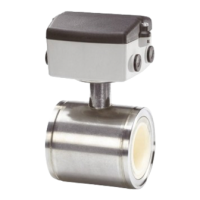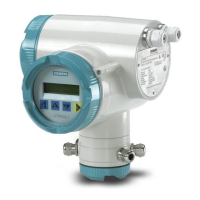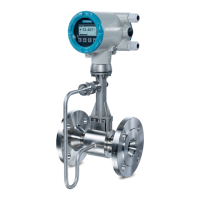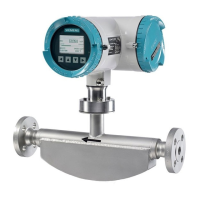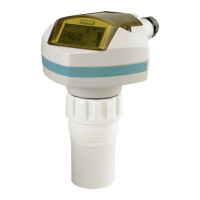5-3
Section 5
1010PFM-3G
5.3.4 OVERVIEW OF SYSTEM PERFORMANCE
Our system performance specifications are based on acceptable liquid sonic conductivity and other
pertinent application conditions. The diversity that characterizes liquid flow, makes it impossible for us
to cover all possible application conditions that have the potential to reduce performance. Performance
within specifications depends primarily on the receive signal’s signal-to-noise ratio and amplitude. The
information below may point to application conditions that could reduce system performance below its
normally high level.
5.3.5 ACCURACY
Although system accuracy is exceptional over a wide turndown ratio, at extremely low flow rates, a
small zero offset becomes a high percentage of actual flow. Obviously, the ultimate accuracy will be
obtained by performing an on-site flow calibration. A flow calibration can increase system accuracy to
between 0.3% to 0.5%, depending on application conditions.
Two common data-entry mistakes may reduce performance. If you enter an incorrect liquid viscosity
value, you could compromise the intrinsic flow profile compensation curve. Incorrectly identifying the
transducers will reduce accuracy. Measured sonic velocity (Vs) errors will usually reveal this problem
and by simply returning to the appropriate menu cells, entering the correct values, then repeating the
transducer installation it will resolve it.
5.3.6 REPEATABILITY
Some applications require repeatability rather than absolute accuracy. System 1010 features excellent
repeatability specifications since its digital “no moving parts” design avoids the adverse effects of
hysteresis and other wear mechanisms typical of mechanical devices.
5.3.7 DATA STABILITY
Two main factors influence the system’s data stability: Data Scatter and Data Drift.
Data Scatter
Data scatter is a rapid variation in flow readings (within a span of about 0.1 to 5 seconds). Minimal data
scatter (approximately 0.01 to 0.03 ft/sec) is a natural by-product of digital computation that extracts
the extremely small difference in the up vs. down sonic transit time. Minimal data scatter will not
influence the integrated flow total over periods as short as several minutes. Naturally, it will be a greater
percentage of the reading when the meter measures extremely low flow rates. Poor liquid sonic con-
ductivity may attenuate sonic signal to a level that increases data scatter. You should check the signal
level (Valc %) item on the Diagnostic Menu. Usually, this is indicated by a low Valc % value (less than
30).
System 1010P does not exhibit inertia since it has no moving parts. It takes readings at ten times per
second. It can detect and track very brief flow fluctuations that are beyond the response capability of
some conventional meters. This performance level is required for detecting very fast and short flow
transients or for a fast-response servo control loop application. However, you can use the damping and
slewing controls to smooth the output response if you want the system to ignore rapid flow fluctuations
or data scatter.
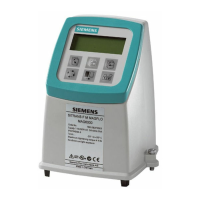
